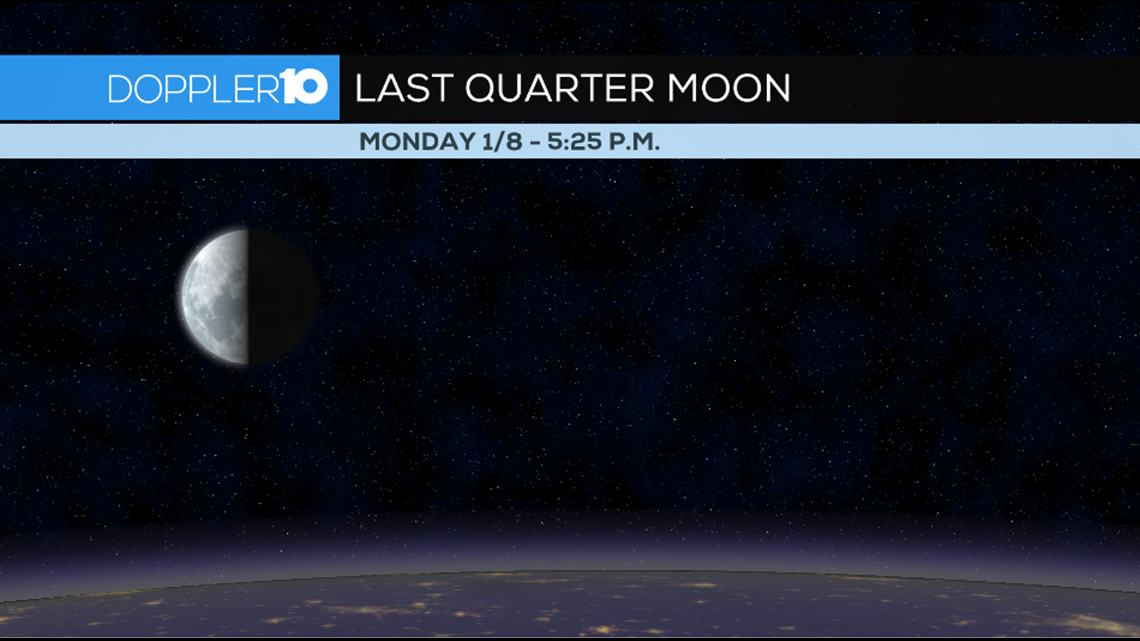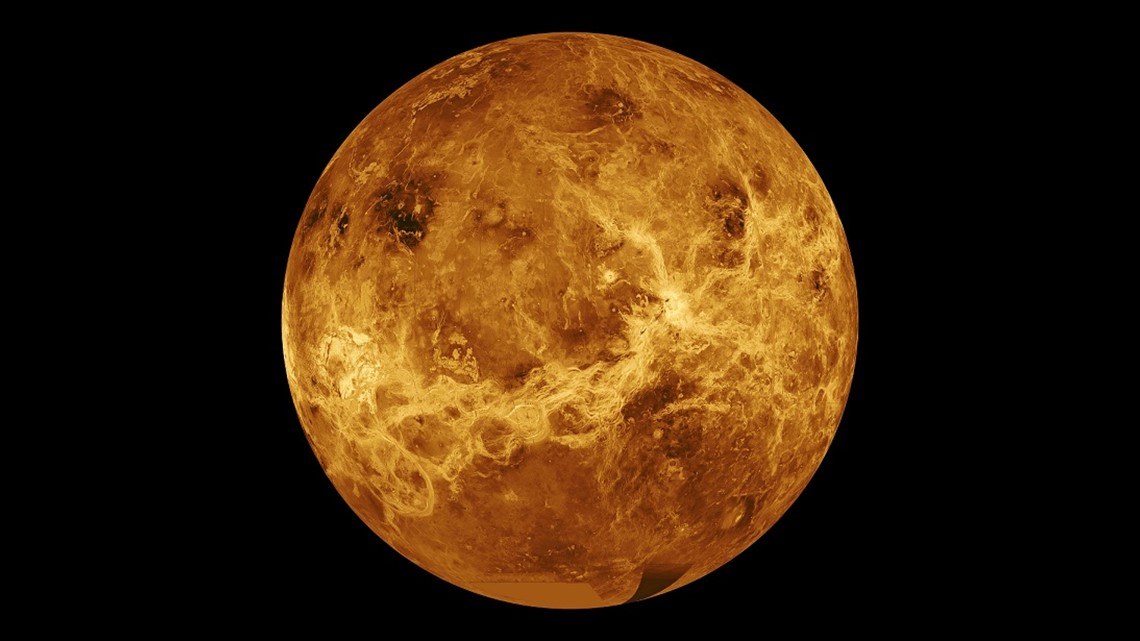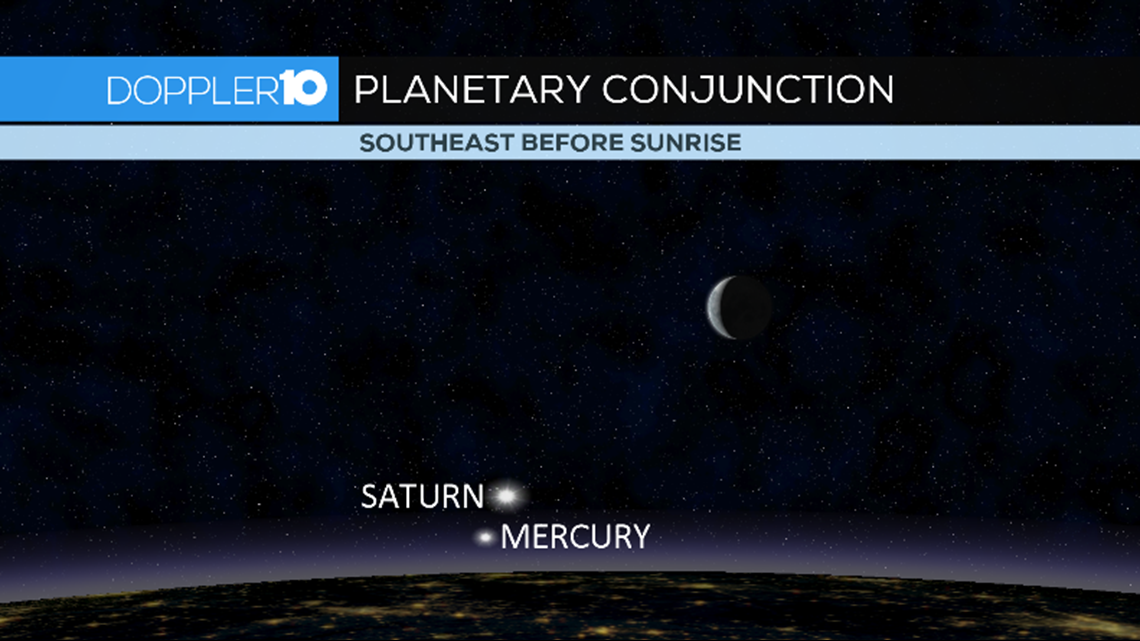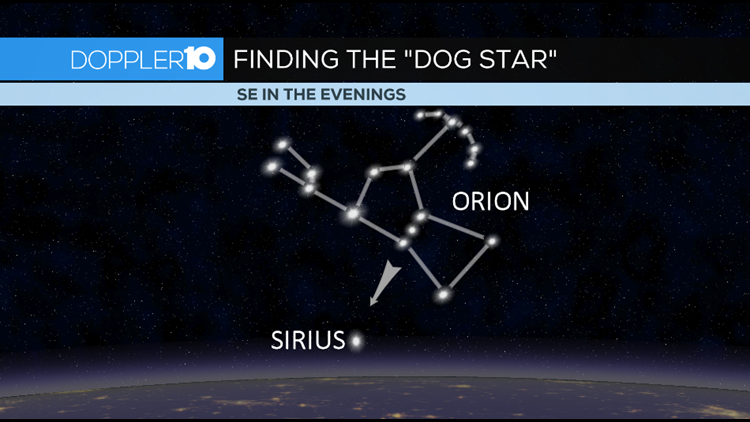This week (and in the coming weeks) you can use a familiar constellation to locate the brightest star in the night sky. Sirius is known as the Dog Star and it’s also the brightest star in Canis Major – “the greater dog” in Latin. Mankind has watched this star for ages and you can find it by using Orion’s belt. The three stars that make up the hunter’s belt point to Sirius which will be visible in the southeastern sky in the evenings this week.


The moon will also reach Last Quarter phase this week on Monday night at 5:25 p.m. If the skies clear, enjoy the half-lit moon as you ease into the work week.


Venus reaches a milestone this week as well. The planet will be in superior conjunction at 2:00 a.m. on Tuesday morning. That’s when the Earth, the Sun and Venus will all line up with Venus on the opposite side of the sun as compared to us. Don’t bother looking for it because it won’t be visible at that time. What you will notice in the coming weeks is the fact that Venus will have transitioned from the morning to the evening sky.


Look for another planetary conjunction on Saturday morning. Mercury will pass close by Saturn in our night sky at 2:00 a.m. but you’ll have to wait until about an hour before sunrise to see the two. They’ll be low on the horizon so make sure you have a vantage point that gives you a clear view of it. Saturn will be just above and right of the solar system’s innermost planet. The two will be near each other in the morning late in the week but the above image shows how the sky will look on Saturday morning. As always, you’ll have to wait for the skies to clear to catch the show. Happy hunting!



